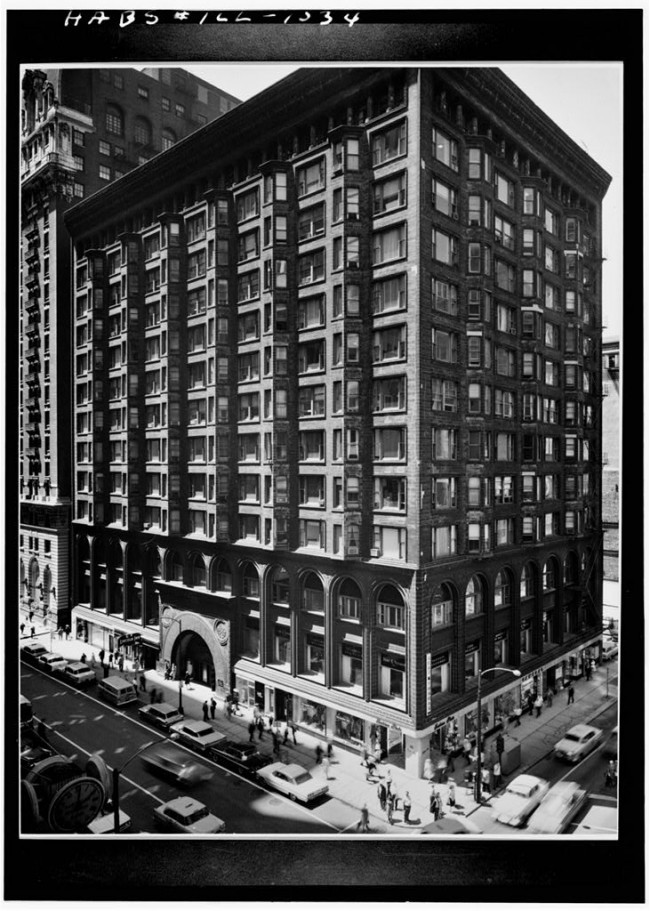
c. 1893-94 chicago stock exchange interior elevator pilaster capital fragment
51-18898-13
Category
Louis SullivanAbout This Item
late 19th century museum quality original reconfigured and/or displayable interior chicago stock exchange building elevator pilaster capital designed by notable prairie school architect louis h. sullivan. the ornamental cast iron fragment was fabricated by the winslow brothers foundry, which executed the majority of sullivan’s ironwork throughout the years. the capital contains intense leafage at the top followed by a repeating pattern of side-by-side quatrefoils. very little of the original copper-plated finish remains intact. the full-length pilasters where mounted between each of the elevator doors or grilles. the museum quality piece was decommissioned several years ago by the chicago art institute. manageable size for display purposes. built on the site of the first brick building in chicago (1837), the 13 story steel frame chicago stock exchange building was designed by the architectural firm of adler and sullivan with falkenau & company as general contractors. the building was completed in 1894 at a total cost of $1,131,555.16. the stock exchange contained 13 stories with the single basement containing both pile and caisson foundations (the latter were used don the west party wall). the building contained 480 offices. the stock exchange was the second largest commission awarded to sullivan and adler (the largest being the auditorium hotel and theater). the building’s exterior was outfitted with ornamental buff-colored terra cotta designed by sullivan and fabricated by the northwestern terra cotta company. the structural system consisted of fireproofed steel framing. the first floor was treated on the exterior as basement, with the second and third floors as an arcade, bay windows extended from the fourth through the twelfth floor and the thirteenth contained a colonnaded ribbon of windows topped by a projecting cornice with a richly worked surface. the interior contained shops on the ground floor with offices on the upper floors of the main block and wings. the elevators were located at the center of the building. the trading room occupied one-half of the second and third floors. the two sets of stairways were found on floors 4-13. the highly stylized staircase was comprised of copper-plated ornamental iron, oak railings and white marble treads. when the stock exchange moved in 1908, the trading room was converted into office space and later bank. during the course of demolition in 1972, photographer and activist richard nickel was working to salvage ornament the building when the unstable structure collapsed and he was tragically killed. as a tribute to nickel from and sullivan, sections of the trading room stencils, molded pilaster capitals, and art glass were preserved and in 1977 the art institute created a complete reconstruction of this significant room in a new wing of the museum. at the same time, the monumental entry arch of the stock exchange was erected on the museum grounds near the corner of monroe street and columbus drive.






